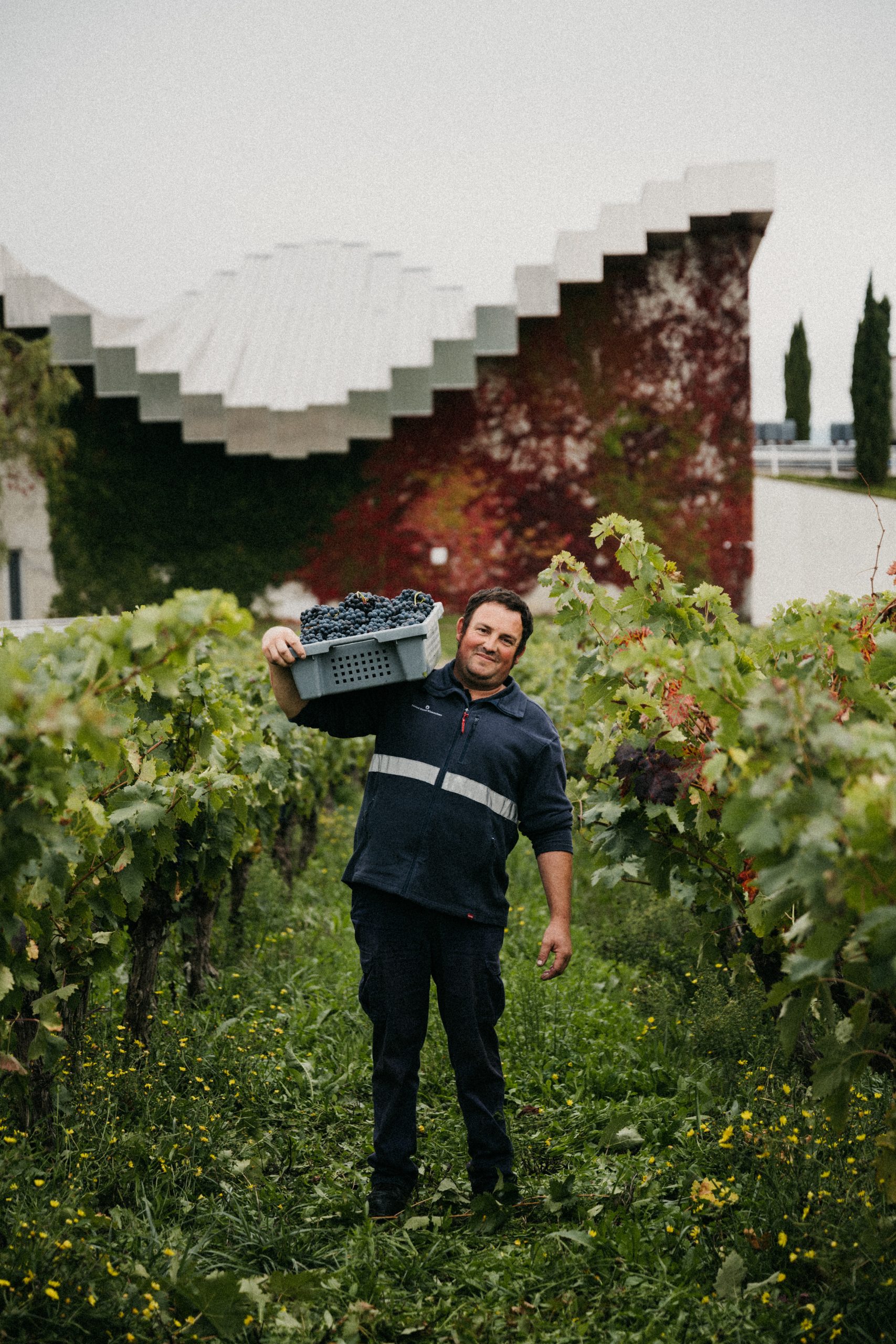Japan’s Château Mercian to double production
Japan’s leading winery Château Mercian is planning to double its production volume in the next 10 years in anticipation of an increase in exports, with the winery’s third estate set to open next year.
The news was revealed yesterday (4 December) by Château Mercian’s president Teruyuki Daino at a masterclass in Hong Kong hosted by Jeannie Cho Lee MW and Kenichi Ohashi MW.
Founded in 1877, Mercian currently has two wineries, namely the Katsunuma Winery in Yamanashi prefecture and Kikyogahara Winery in Nagano. Its annual production hovers around 500,000 bottles made from local hybrids such as Koshu, Muscat Bailey A to Bordeaux varieties in the Yamanashi and Nagano prefectures, two key wine producing regions in Japan that account for more than half of its national production.
“The quality is reaching a nice level but the quantity is still limited,” Daino admitted. “We are thinking of expanding our vineyard vigorously in the next 10 years, currently we make 500,000 bottles maybe we can expand the volume, maybe double in 10 years.”
To achieve the goal, Mercian plans to open its third winery, Mariko Winery, next September in Nagano, a wine region that Cho Lee believes holds brighter promise for better quality wines given its lower rainfall compared with Yamanashi, which allows for better ripeness for varieties such as Cabernet Franc, Shiraz and Merlot.
The push to grow an export market that was previously almost non-existent for Japanese wineries comes at a time when the country’s domestic wine production is evolving quickly.
In October this year, Japan tightened its regulations on domestic wine production, allowing only wines made from grapes from Japan to be labelled as Japanese wine.
Domestic wine production in the country stands around 22 million bottles a year with roughly 300 wineries across the country. Domestic wine consumption of Japanese wine is said to be less than 5%, according to Ohashi, the only Japanese to hold the titles of both Master of Wine and Master of Sake. More broadly, the consumption of wines produced in Japan including wines blended with bulk wines is around 20%, he estimated.
The trend for consuming domestic wines, however, is growing, Mitsuhiro Anzo, chief winemaker at Mercian told dbHK. It has become more palpable particularly in the past few years after Japan’s devastating earthquakes in 2011 and 2013 that spurred consumers to turn to local produce to boost the domestic economy.
Partner Content
“I don’t know exactly, but since 2011 many consumption of wine and saké increased at home because after the earthquake, we think the communication with family is more important,” Anzo speculated, adding that interest in Japanese wines is expected to propel the consumption percentage to 10% in the next 10 years, up from 5%.
For export markets, Hong Kong is tipped to be the key focus for Mercian, building on the city’s strong Japanese cultural influences and many Japanese restaurants spread across the city.
“Maybe one other advantage that Hong Kong has is, if you haven’t noticed, that we have we are crazy about Japanese cuisine. Every new restaurant has something to do with Japanese food or cuisine… The perception of Japanese food in the culinary world is so high,” explained Cho Lee.
“Sake has been very trendy in the past 10 years, so high quality wines produced from Japan would be more favourably accepted than negatively if you exported to other markets. its a very good positioning,” she continued.
RELATED STORIES




